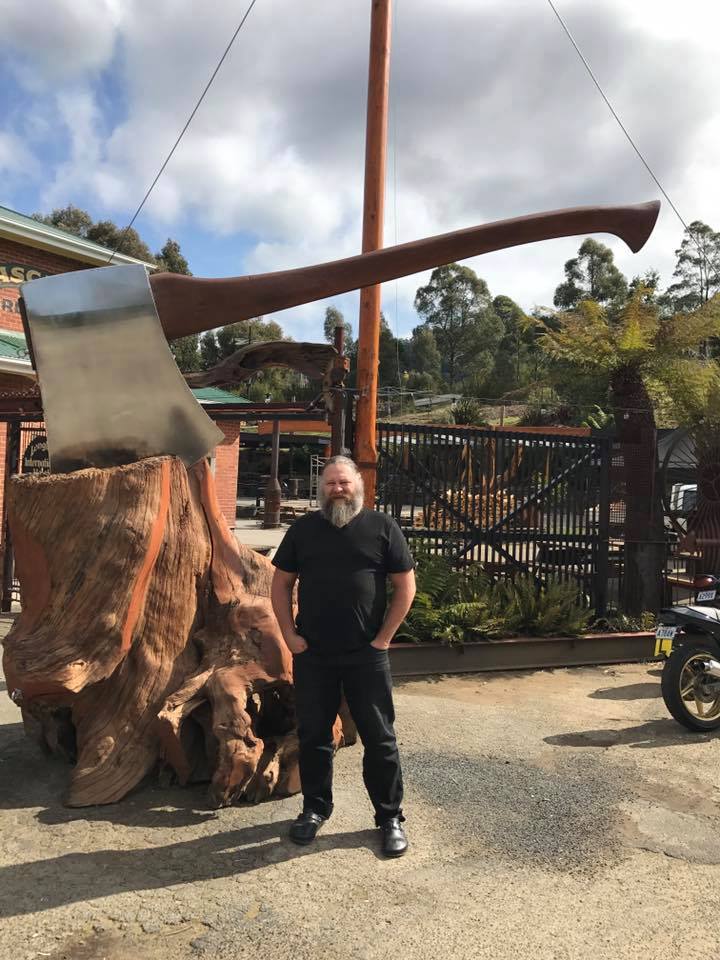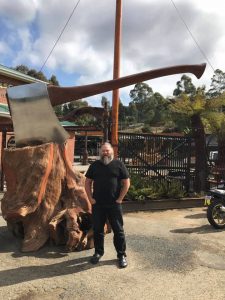Here’s video of a round table discussion hosted by the Buckland Museum of Witchcraft & Magick, moderated by Stephen Romano features four of the most provocative contemporary artists of our time discussing their participation in the exhibition “APPARITIONS.. specters, conjures and the paranormal …” which is at the Museum through the end of 2020. Participating were Josh Stebbins, Alexis Karl, ZeroEqualsTwoNet.com contributor Barry William Hale and Daniel Gonçalves.
Have a gander:
https://www.youtube.com/watch?v=BQ4EqxGIIlo&feature=youtu.be&t=2.



For Derrida, hauntology reshapes history by disrupting its conventional structure of chronology: “haunting is historical, to be sure, but it is not dated, it is never docilely given a date in the chain of presents, day after day, according to the instituted order of a calendar.” This may serve to counter the historical overdetermination (the search for truth in a fixed point of origin) that characterizes certain incarnations of trauma studies, but it also causes the specters he conjures to remain strangely unmoored from historical contexts, as all ghosts, by being reduced to their most general characteristics, become essentially the same (as do all exorcists). Ghosts, then, are not only apt embodiments and figurations of trauma, but trauma theory also provides valuable lessons as it responds to and takes on board critiques equally applicable to certain elaborations of spectrality. As 15 the texts collected in this Reader show, a large part of the effort in the wake of Specters of Marx has been to specify the ghost’s conceptual potential in relation to history and memory by pointing out, for example, that historical events or memories, even when ostensibly similar in kind, may give rise to vastly different hauntings, and that even the same event may not return in identical ways across time. All history and memory may indeed be spectral in some sense, but understanding the effects of particular instances requires careful contextualization and conceptual delimitation.